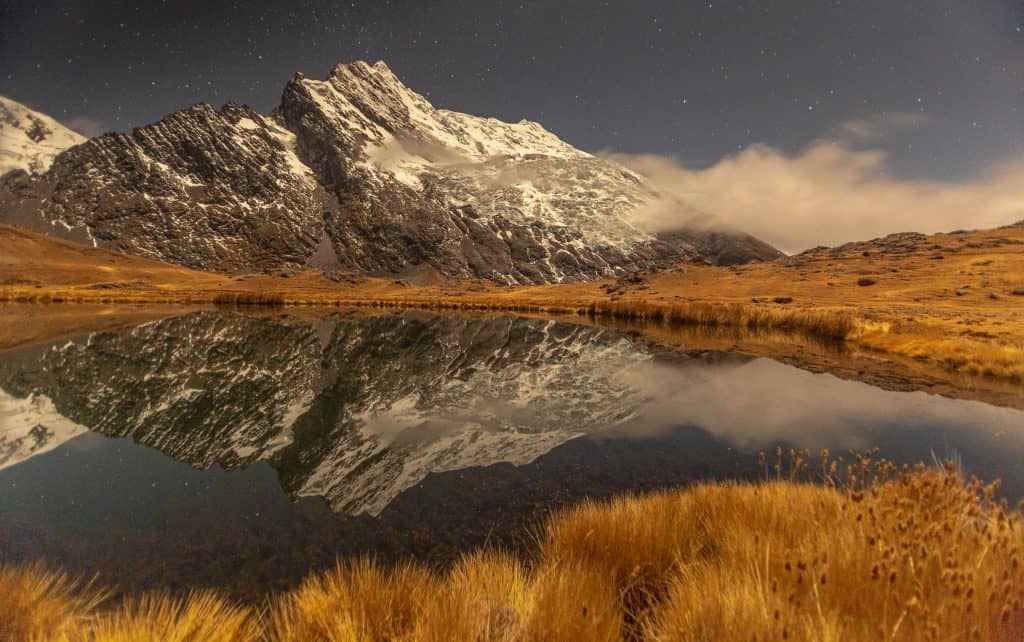Inca Trail vs alternative treks

Inca Trail vs alternative treks The Inca Trail is one of the most iconic and popular treks in the world, leading to the ancient city of Machu Picchu in Peru. However, there are several alternative treks in the region that offer unique experiences and often fewer crowds. Here’s a comparison between the Inca Trail and some of the popular alternative treks:
Inca Trail:

1.- Scenery and Views:
The Inca Trail offers stunning views of the Andes Mountains, lush forests, and archaeological sites along the way. The Sun Gate at Machu Picchu provides an iconic panoramic view of the ancient city.
2.- Historical Significance:
The trail is rich in history, passing by various Inca ruins and settlements, providing a deeper understanding of the Inca civilization.
3.- Crowds:
The Inca Trail is very popular and limited to a certain number of daily permits, leading to high demand and often crowded trails, especially during peak seasons..
4.- Permit and Regulations:
A permit is required to hike the Inca Trail, and it’s recommended to book several months in advance due to limited availability.
5.- Infrastructure:
The trail is well-maintained, with campsites and facilities along the way.
Alternative Treks:

1.- Salkantay Trek:
This trek is known for its diverse landscapes, including high mountain passes, cloud forests, and remote villages. It’s considered a bit more challenging than the Inca Trail.
2.- Lares Trek:
This trek offers an immersive cultural experience as it passes through traditional Andean communities, allowing trekkers to interact with locals and learn about their way of life.off beaten path
3.- Choquequirao Trek:
Leading to the “sister city” of Machu Picchu, this trek is known for its archaeological significance and the chance to explore a less-visited ancient site.
4.- Vilcabamba Trek:
This is a longer and more challenging trek that takes you through remote areas and lesser-known ruins before eventually reaching Machu Picchu. off beaten path
4.- Ausangate Trek:
Known for its stunning mountain scenery and vibrant rainbow-colored mountains, this trek offers a unique natural beauty.
5.- Moonstone Trek:
The trail is rich in history, passing by various Inca ruins and settlements, providing a deeper understanding of the Inca civilization.also it is one of those off beaten paths
6.- Ancasqocha Trek:
The trek starts in a quiet, rural valley between Cuzco and the Sacred Valley and finishes in Ollantaytambo, only seven miles upstream from the start of the Inca Trail. It passes through seldom-visited Andean villages, Inca and pre-Inca ruins and heads onto a beautiful altiplano plateau surrounded by glaciated peaks. .
7.- Inca Quarry Trail Trek:
Embark on a memorable adventure to discover an amazing variety of landscapes and ecological areas: we will explore refreshing waterfalls and Inca remains then we will trek through open lands, encountering amazing ramps and rock blocks left by the Incan Kachiqhata Quarry..
Factors to Consider When Choosing:

1.- Fitness Level:
Some treks are more challenging than others, so consider your fitness level and hiking experience.
2.- Crowds:
If you prefer a quieter experience, you might opt for an alternative trek to avoid the crowds on the Inca Trail.
3.- Permits and Availability:
The Inca Trail requires permits that can sell out quickly, while alternative treks may have more availability.
4.- Cultural Experience:
If you’re interested in interacting with local communities, consider treks like the Lares Trek.
5.- Scenery and Terrain:
Different treks offer varied landscapes, so choose one that aligns with your preferences.
6.- Time:
The duration of the trek can vary significantly, so choose one that fits your schedule.
Ultimately, both the Inca Trail and alternative treks offer unique experiences. Your choice will depend on your preferences for scenery, historical significance, level of challenge, and desire for a less crowded experience.

Leave a Reply